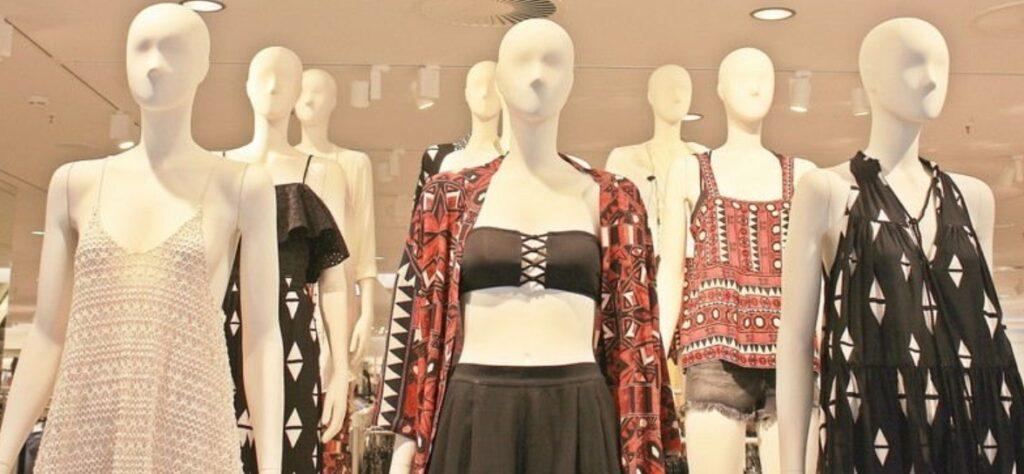Despite progress made by some industry heavyweights, the fashion industry’s top 30 companies risk falling short of the social and environmental targets of the Paris Climate Agreement and the Sustainable Development Goals (SDGs) of the United Nations, estimates a report by Business of Fashion.
“There are a few frontrunners who are making small steps, but generally speaking the fashion industry is hugely underperforming,” Sarah Kent, who covers sustainability at Business of Fashion, tells Reuters this 31 may report on the fashion industry’s green transition, the Business of Fashion Sustainable Index 2022. It reviews publicly available information on companies in three categories: luxury, sportswear and mainstream fashion. The Puma brand scores the highest, but not the average, with 49 points out of 100, followed by last year’s leader, Kering, which remains at the top of the luxury brands. Levi Strauss, H&M and Burberry, which appears for the first time in this ranking, complete the podium. The lowest-rated companies have all entered the ranking this year. These are sportswear and mainstream fashion brands. As a result of expanding the report to just 15 companies in 2021, the overall results are worse in almost every area, she adds.
Progress too slow
“There are signs of progress, but it’s very gradual,” said Sarah Kent. “We see no trace of the profound transformations the sector would need over the next eight years to meet the goals of the Paris Climate Agreement” and the UN’s 2030 SDGs, she says. If companies have improved their performance in reducing greenhouse gas emissions, they are far behind in the field of waste reduction, underlines the report which invites them to develop alternative business models. “It’s a huge challenge for the leaders of fashion companies: how to satisfy your shareholders and demonstrate that you can continue to stimulate financial growth without continuing to produce more, and therefore extract more (raw materials) and therefore produce more waste?” explains Sarah Kent.

